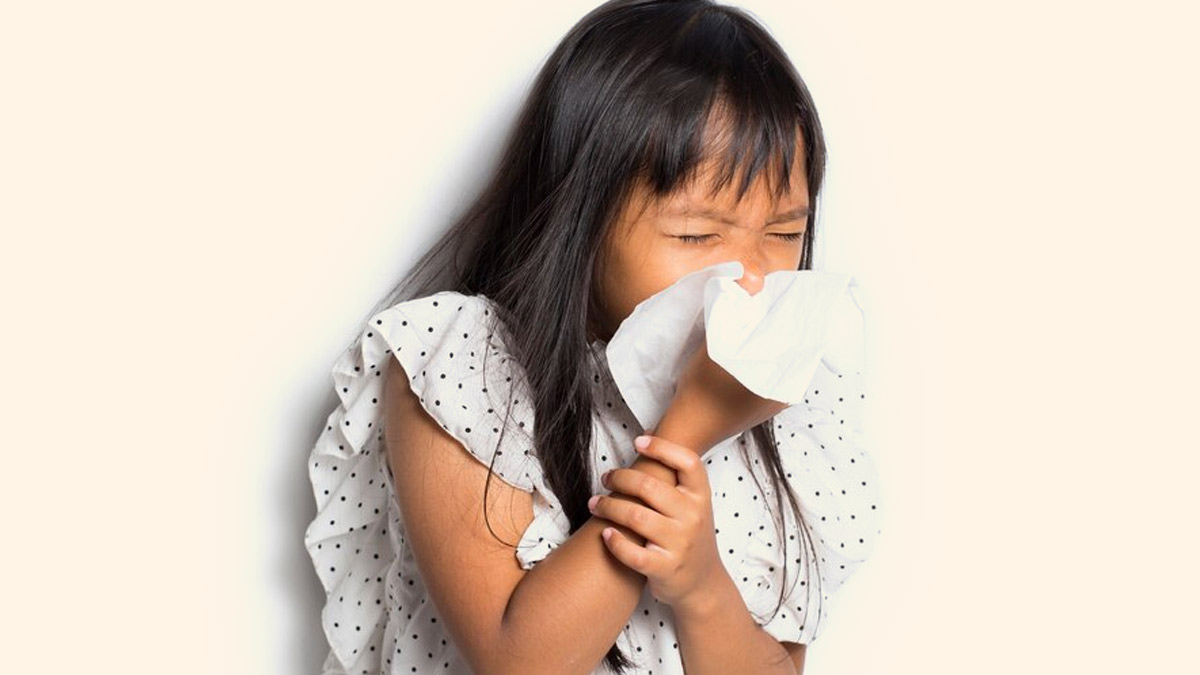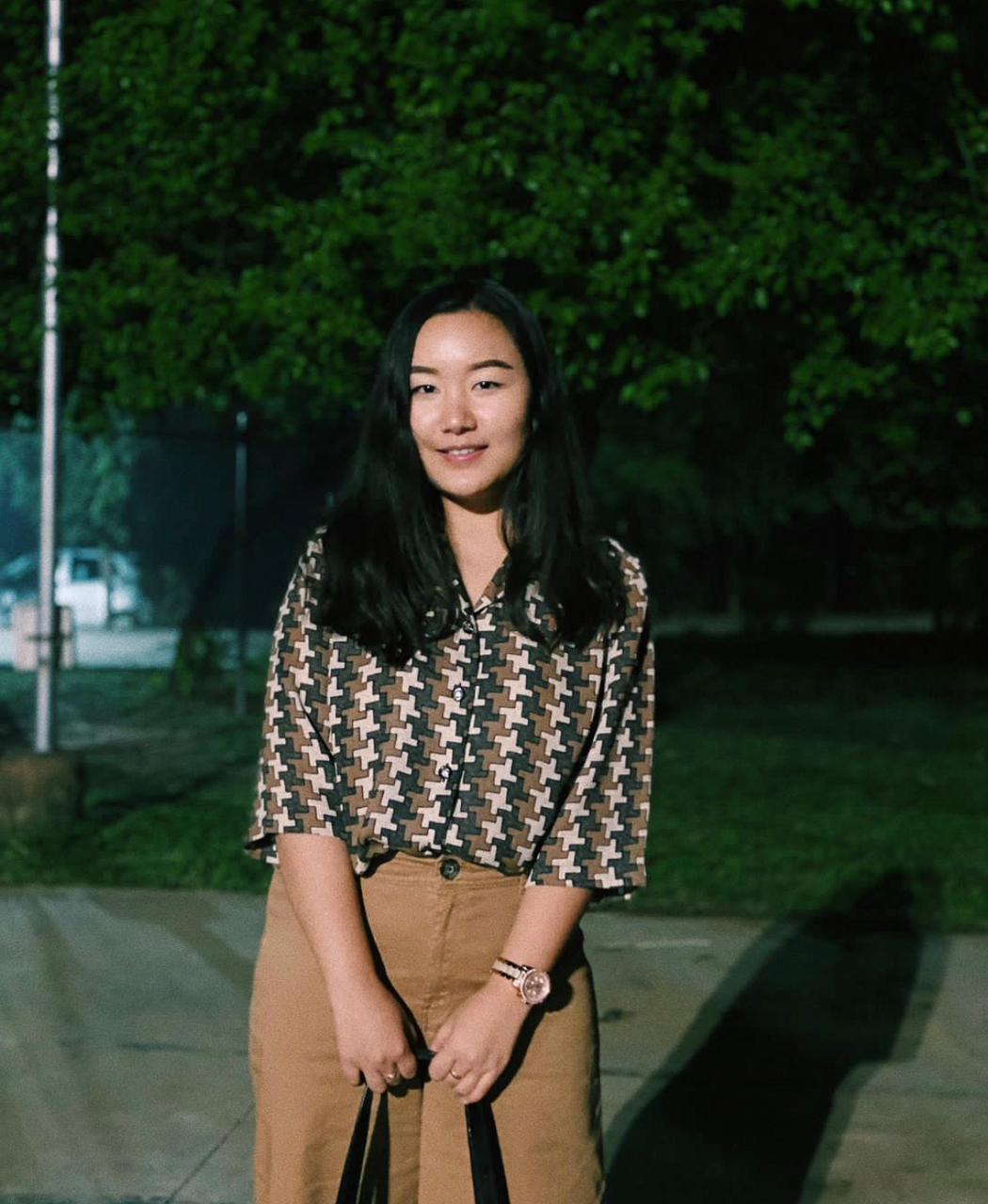
A surge in the number of respiratory illnesses among children in China has alarmed health authorities around the world. China’s National Health Commission first reported the incidence on November 13, attributing it to the lifting of COVID-19 restrictions and the spread of known pathogens, such as influenza, mycoplasma pneumoniae (a common bacterial infection that typically affects younger children), respiratory syncytial virus (RSV), and SARS-CoV-2 (the virus that causes COVID-19), says the World Health Organization (WHO).
Program for Monitoring Emerging Diseases (ProMED), a publicly available surveillance system that monitors infectious disease outbreaks worldwide, reported clusters of 'undiagnosed pneumonia' in children in northern China, many referring to it as 'Walking Pneumonia.'
In a conversation with the OnlyMyHealth team, Dr Akshay Budhraja, Senior Consultant and HOD, Respiratory and Sleep Medicine, Aakash Healthcare, New Delhi, explained what the condition is and what can be done to prevent it.
Also Read: 7,000 Cases A Day Reported Amid Mysterious Pneumonia Outbreak In China: Should India Be Worried?
What Is Walking Pneumonia?

Any lung infection is called pneumonia, said Dr Budhraja, adding that a lung infection that causes mild symptoms like a mild cough, lethargy, headache, low-grade fever, and chills (just like the common cold) commonly caused by some viruses and bacteria is called walking pneumonia.
Usually, the infection doesn’t make you bed-bound or warrant hospitalisation, he added.
According to WebMD, walking pneumonia usually occurs due to bacteria called Mycoplasma pneumoniae, which may be driving the current outbreak in China, as per reports. While it can occur in anyone, walking pneumonia from mycoplasma is most frequently seen in children, military recruits, and adults younger than 40, the health body said.
Dr Budhraja added that the condition is a mild form of pneumonia and usually gets better in 5-7 days. He mentioned that it is rarely life-threatening, except in a particular subset of people with decreased immunity, reactive airway disease, or the elderly.
Symptoms Of Walking Pneumonia

Some of the common symptoms of walking pneumonia are:
- Cough
- Fever
- Sore throat
- Headache
- Runny nose
- Ear pain
- Chest pain from coughing
Is It Contagious?
According to the Mayo Clinic, walking pneumonia can be contagious and spread through airborne droplets that are transmitted through close contact. The WebMD suggests that you could be infectious with the diseases for up to 10 days.
Preventive Measures

For anyone who contracts walking pneumonia, treatments include antibiotics, antipyretics, drinking plenty of water, resting, and supportive therapy like cough syrup, steam inhalation, and antihistamines, Dr Budhraja said.
To lower the risk of walking pneumonia, the American Lung Association (ALA) lists a few preventive measures. These include:
- Getting a flu vaccine each year to prevent getting pneumonia caused by the flu
- Ensuring your pertussis vaccine is up-to-date
- Exercising, eating a well-balanced diet, and getting adequate sleep
- Washing your hands frequently and thoroughly
- Quitting smoke
- Covering your mouth when you cough or sneeze
Moreover, you can wear masks and avoid crowded places.
In India, the Union Health Ministry has issued advisories to all states and Union Territories (UT), encouraging them to implement 'Operational Guidelines for Revised Surveillance Strategy in the context of COVID-19.' The aim is to closely monitor the trends related to influenza-like illness (ILI) and Severe Acute Respiratory Infection (SARI) by district and state surveillance teams.







